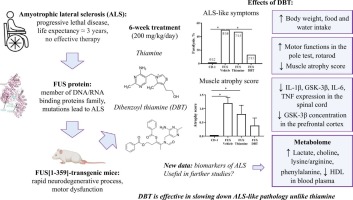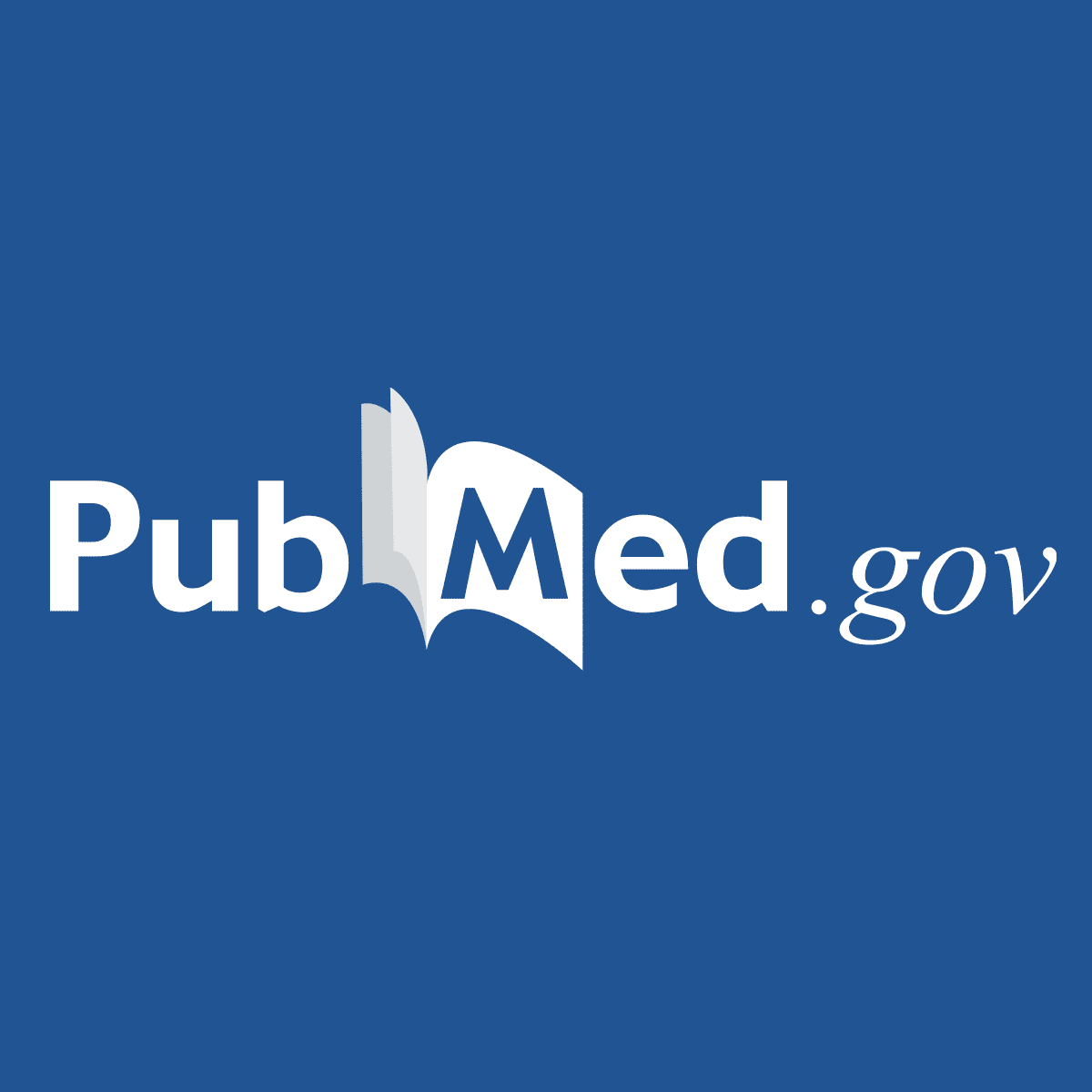
Scientists Find Cure For Stephen Hawking's Disease
Russian scientists from the National Research University ‘Belgorod State University’ (BelSU), as part of an international research team, have demonstrated the effectiveness of treating amyotrophic lateral sclerosis (ALS) with a bioavailable derivative of vitamin B1.
The scientists' experiments on transgenic mice have confirmed that the treatment reduced levels of inflammatory signaling molecules in the spinal cord. The study results were published in the peer-reviewed medical journal Biomedicine & Pharmacotherapy.
"We have found that the studied bioavailable vitamin B1 derivative (O,S-Dibenzoyl Thiamine), which is a powerful antioxidant, showed efficacy against ALS in transgenic mice. The mice that received the treatment showed greater mobility, less weight loss, and less brain damage," Alexei Deikin, Associate Professor at the BelSU Department of Pharmacology and Clinical Pharmacology, Director of the Joint Center for Genetic Technologies, told Sputnik.
The scientists also discovered that the application of the test substance caused the body to respond at the molecular level: the level of inflammatory signaling molecules (glycogen synthase kinase-3β (GSK-3β) and interleukin IL-1β) in the spinal cord was reduced. A nuclear magnetic resonance imaging study revealed a specific metabolome of the transgenic mice, which the researchers believe will allow them to monitor the dynamics of the disease.

In FUS[1−359]‐tg mice O,S-dibenzoyl thiamine reduces muscle atrophy, decreases glycogen synthase kinase 3 beta, and normalizes the metabolome
Mutations in the gene encoding the RNA/DNA-binding protein Fused in Sarcoma (FUS) have been detected in familial amyotrophic lateral sclerosis (ALS) p…
Highlights
• O,S-dibenzoylthiamine (DBT), but not thiamine, reduces ALS-like abnormalities in FUS[1−359]‐tg mice.• Chronic dosing with DBT decreases CNS expression of GSK-3β and IL-1β.
• Analysis of the serum using nuclear magnetic resonance (NMR) reveals a FUS[1−359]‐tg mice specific metabolome.
• The levels of choline and lactate, glucose, and HDL in the mutants are normalized by DBT treatment
• Metabolomics is a useful tool to study ALS and to evaluate therapy in FUS[1−359]‐tg mice
Abstract
Mutations in the gene encoding the RNA/DNA-binding protein Fused in Sarcoma (FUS) have been detected in familial amyotrophic lateral sclerosis (ALS) patients. FUS has been found to be a critical component of the oxidative damage repair complex that might explain its role in neurodegeneration. Here, we examined what impact antioxidant treatment with thiamine (vitamine B1), or its more bioavailable derivative O,S-dibenzoylthiamine (DBT), would have on the hallmarks of pathology in the FUS[1−359]‐transgenic mouse model of ALS. From 8-weeks old, in the pre-symptomatic phase of disease, animals received either thiamine, DBT (200 mg/kg/day), or vehicle for 6 weeks. We examined physiological, behavioral, molecular and histological outcomes, as well as the serum metabolome using nuclear magnetic resonance (NMR). The DBT-treated mice displayed improvements in physiological outcomes, motor function and muscle atrophy compared to vehicle, and the treatment normalized levels of brain glycogen synthase kinase-3β (GSK-3β), GSK-3β mRNA and IL-1β mRNA in the spinal cord. Analysis of the metabolome revealed an increase in the levels of choline and lactate in the vehicle-treated FUS mutants alone, which is also elevated in the cerebrospinal fluid of ALS patients, and reduced glucose and lipoprotein concentrations in the FUS[1−359]‐tg mice, which were not the case in the DBT-treated mutants. The administration of thiamine had little impact on the outcome measures, but it did normalize circulating HDL levels. Thus, our study shows that DBT therapy in FUS mutants is more effective than thiamine and highlights how metabolomics may be used to evaluate therapy in this model.
Last edited:

